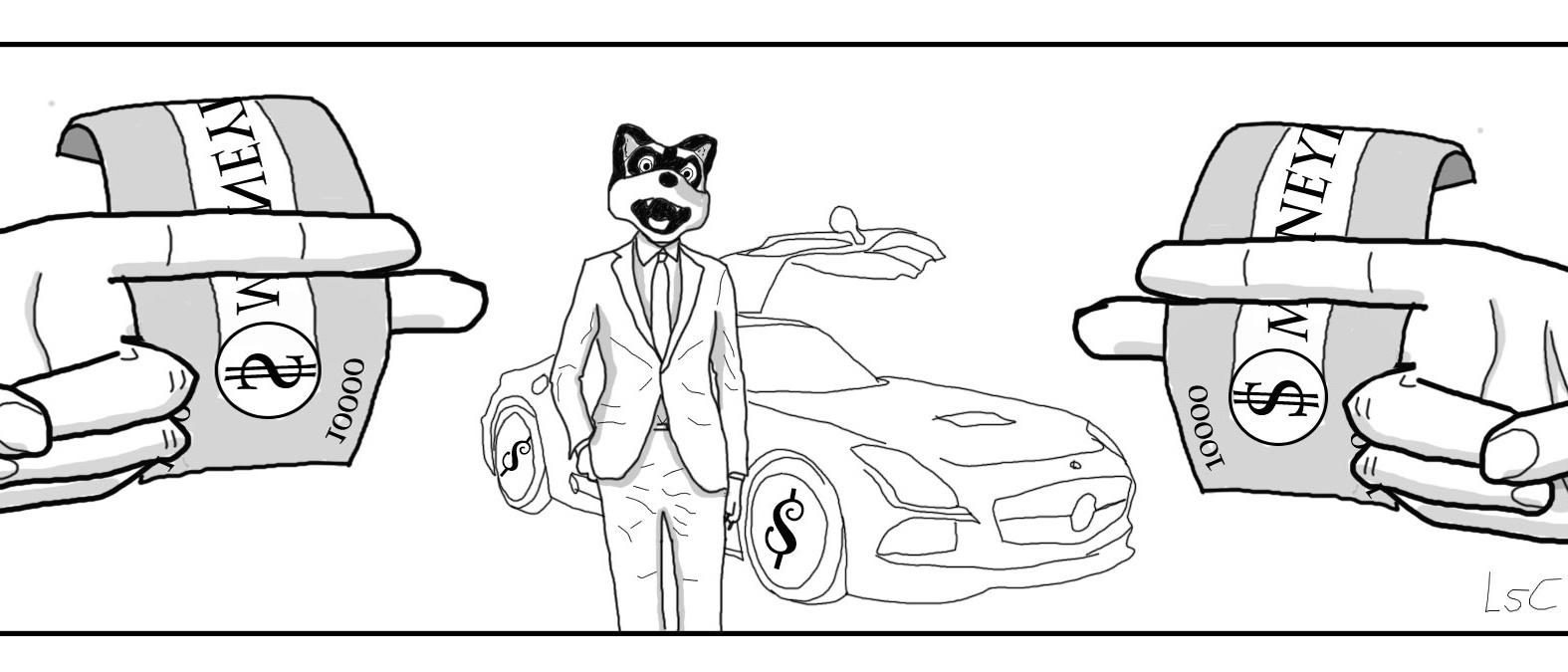I consider myself average when I say that, as a kid, Chuck E. Cheese’s was awesome. I remember trying to play every game, winning a few, and being so proud of the three plastic rings I won. Yet my supply of coins never seemed to last, and when I asked my parents for more, they always looked antagonized.
As we age, harsh reality always seems to set in. I look back and can only see a scam. One dollar gets you four coins. Weirdly, like they planned it, that is twenty-five cents a coin. My parents always gave me 100 coins. I would spend them where I pleased. At most I would get 600 tickets. In the hands of a small child it felt like a fortune. Then I could go up to the counter and get… Ten jolly ranchers, a tootsie roll, a plastic ring and one size fit all vampire teeth. The total spent on coins was about 25 dollars. Return value of a buck or two.
Older now, I can look back and scoff. How silly was I to place such value in games and trinkets when I could have bought so much more, direct from the store? While this thought is fine and dandy, this assumes that I’m not falling prey to this kind of system now. The truth is that as students at Michigan Technological University, it could be argued that we are.
Any student filling out a meal plan has to accept some kind of deal. The only difference between these plans are guest swipes and dining dollars. Guest swipes are a nice way of letting students share food with friends and family, but what are dining dollars? An easy way to look at it is buying some Chuck E. coins. They are irredeemable elsewhere, and if you really want to enjoy the experience offered, you need them. What value do they have though?
When you go to Chuck E. Cheese’s you know you’re kind of getting screwed. But how much do we pay for a dining dollar? The increase of dining dollars from plan to plan seems arbitrary. When it comes to spending dining dollars, we have no choice except the school. This closed system makes defining a value of the dining dollar even harder. Plus, there is no competition so you buy at the prices set by the school. And in the end, their main use is to get food different from the main food plan, which many students seem to find lacking in their review. This could possibly create a false sense of value when using dining dollars.
We are already spending a small boat worth of money every year to go here. Do we really need this, somewhat hidden, subversive system, that could be potentially gobbling up more money? Where do the unused sums go? Couldn’t it be looked at as an example of corporate college, where money comes first, then students?
It’s not unchangeable. It just comes down to how compliant you are. So instead of just complaining about food, go bug your food rep. This school has the systems in place and the opportunity to be a warm community.


